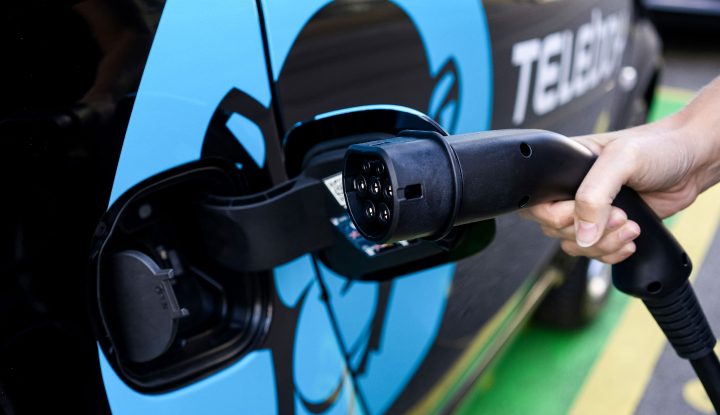Travel Technology, Digital Transformation
The COVID-19 situation has put the spotlight on contactless-travel. Furthermore, contactless payments are slated to become one of the standard modes of payment, as time progresses. What does this mean for travel? Imagine that the air traveler can go through the entire travel process from the check-in at the airport to check-in at the hotel, using just their mobile, voice interface, and/or hand gestures. This would be possible because all the systems are able to carry out the travel functions without requiring any physical contact.
The are several other ways in which contactless technologies have digitally transformed the travel experience, including the travel passport (for safety), check-in at the airport using mobile/hand gestures at the kiosk, to face recognition during boarding. This not only helps boost traveler confidence, it also increases the traveler’s sense of safety and security.
Tech Intervention in Travel Industry
All travel systems are high-availability systems. Any disruption in availability of booking/scheduling systems, or payment processing services impact customer satisfaction, and could potentially result in loss of revenue and goodwill (not to mention the penalties).
An incident management system encompasses monitoring, an alert system, alert processing, classification and dispatching to the correct responders, and a rapid tech response team. It requires us to have real-time alert systems and response orchestration. The alert systems are both proactive and reactive. These systems can predict(leveraging predictive analytics) developing issues and raising an alert. This then goes through the normal assessment based on its severity, and then depending on the requirement the tech teams are engaged to diagnose and triage the problem. Read More
This thought leadership piece by Jaya Kumar K was published in SiliconIndia
This thought leadership piece by Jaya Kumar K was published in SiliconIndia







